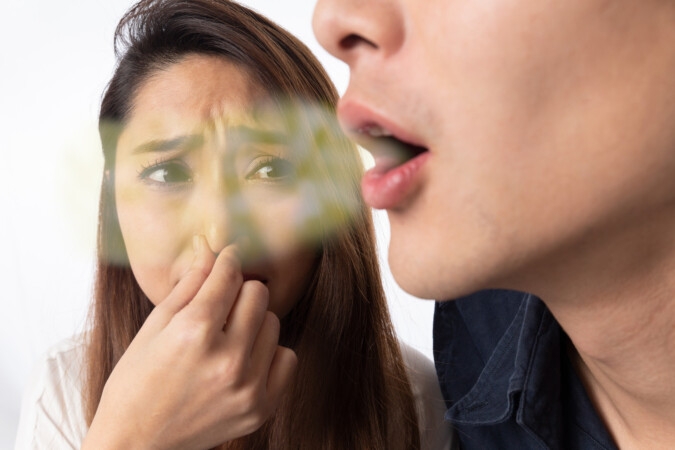Tooth extractions can be uncomfortable enough, but for many people, a surprising side effect is the lingering issue of bad breath.
Bad breath, or halitosis, is a common experience post-extraction due to factors like blood clot formation, bacteria build-up, and changes in the mouth’s pH balance.
Fortunately, there are practical ways to manage and improve your breath while your mouth heals.
| Remedy | Benefit | Effectiveness Data |
| Salt Water Rinse | Bacteria reduction, inflammation | Reduces bacteria by up to 50% |
| Stay Hydrated | Prevents dry mouth | Increases saliva production by 10-15% |
| Maintain Oral Hygiene | Reduces bacteria and odor | Reduces oral bacteria by 60-70% |
| Avoid Smoking/Alcohol | Lowers dry socket risk | 30% higher risk of dry socket in smokers |
| Clove Oil | Reduces bacteria and pain | Inhibits oral bacteria by up to 75% |
| Herbal Mouth Rinses | Freshens breath naturally | Reduces bacteria by 40-50% |
| Crunchy Foods | Mechanically cleans teeth | Reduces plaque by 20-30% |
| Probiotics | Balances oral bacteria | Decreases bad breath by 50% |
1. Rinse with Salt Water
Saltwater rinsing is one of the most recommended practices after tooth extraction for a reason.
Salt has natural antiseptic properties that help reduce bacteria, inflammation, and irritation in the mouth.
It also assists in maintaining cleanliness around the extraction site, which is crucial for healing. According to professionals, such as those at tannlegeteam.no, maintaining an antiseptic environment can be essential in promoting faster, more comfortable healing.
| Benefit | Statistical Data |
| Bacteria reduction | Up to 50% with consistent use |
| Healing time improvement | Reduces inflammation within 48 hours |
| Usage frequency | 3-4 times daily |
- How to use: Mix about half a teaspoon of salt into a glass of warm water. Gently swish the mixture in your mouth for about 30 seconds, making sure not to rinse too forcefully as it could disrupt the blood clot formed in the socket.
- Frequency: Rinse with salt water 3-4 times a day, especially after meals, to keep the extraction area clean and prevent the build-up of bacteria that causes bad breath.
2. Stay Hydrated

One of the simplest ways to keep bad breath in check is by staying well-hydrated.
Dry mouth is a common side effect after dental procedures due to reduced saliva flow.
Saliva is your body’s natural cleanser, helping to wash away food particles and bacteria.
Without it, bacteria can grow quickly, leading to unpleasant odors.
| Benefit | Statistical Data |
| Saliva production increase | 10-15% with adequate hydration |
| Dry mouth reduction | Significantly lower with hydration |
| Recommended daily intake | 8-10 glasses of water |
- How to use: Keep a water bottle handy and sip throughout the day. Aim for at least eight glasses of water daily.
- Tip: Avoid caffeinated or sugary drinks, as they can dry out your mouth further and contribute to bacterial growth, worsening bad breath.
3. Maintain Oral Hygiene (Gently!)
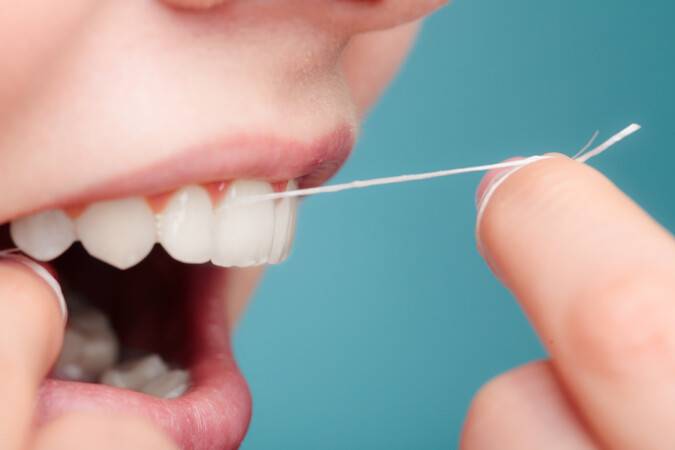
While you may be wary of brushing near the extraction site, good oral hygiene is still essential to avoid the accumulation of bacteria.
However, this needs to be done with extreme care to prevent disturbing the healing site.
| Benefit | Statistical Data |
| Oral bacteria reduction | 60-70% with regular hygiene maintenance |
| Use of soft-bristled brushes | Recommended by 90% of dentists |
| Recommended brushing frequency | 2 times daily |
- How to use: Brush your teeth carefully, avoiding the extraction area. You can also gently clean your tongue, as bacteria on the tongue often contribute to bad breath. Consider using a soft-bristled toothbrush and brush lightly.
- Frequency: Brush twice a day and use a gentle mouthwash without alcohol (as alcohol-based rinses can dry out your mouth).
4. Avoid Smoking and Alcohol
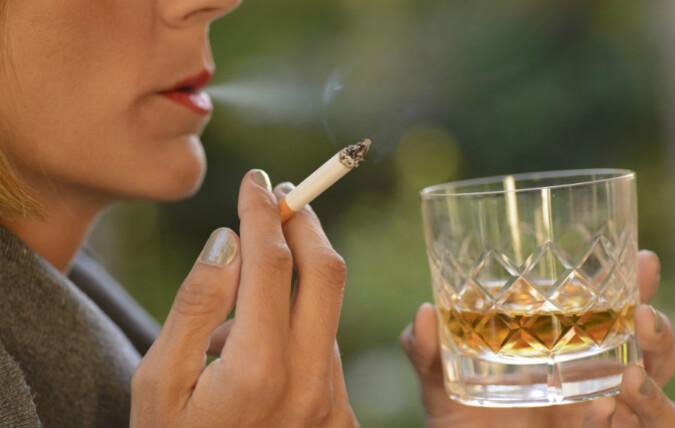
Both smoking and alcohol can negatively impact the healing process and contribute to bad breath.
Smoking in particular can dry out your mouth and significantly raise the risk of dry socket—a painful condition where the blood clot at the extraction site becomes dislodged.
This not only slows down healing but also leads to noticeable, foul-smelling breath.
| Benefit | Statistical Data |
| Dry socket risk increase | 30% higher in smokers |
| Healing impact | Smoking can reduce healing by 50% |
| Suggested abstinence period | At least 1 week |
- Tip: If you’re a smoker, try to avoid smoking for at least a week following the extraction. Your dentist may have specific guidance on how long you should refrain based on your situation.
5. Use Clove Oil for Its Antibacterial Properties
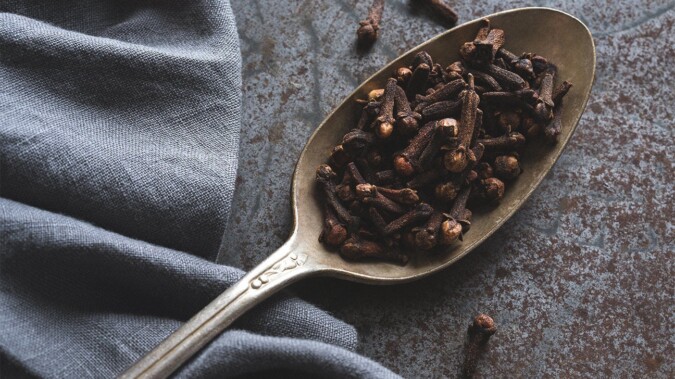
Clove oil is known for its natural antibacterial and analgesic (pain-relieving) properties.
It can help soothe the extraction site and reduce bacteria levels, both of which contribute to better breath.
However, make sure you don’t apply it directly to the extraction site without diluting, as it can be too strong for open wounds.
| Benefit | Statistical Data |
| Bacterial inhibition | 75% effective against common bacteria |
| Pain reduction | 65% improvement in oral pain |
| Recommended frequency | 1-2 times daily |
- How to use: Mix a few drops of clove oil with a carrier oil, such as coconut oil. Apply the mixture gently around the area using a cotton swab, but avoid applying directly on the extraction site to prevent irritation.
- Frequency: You can apply clove oil 1-2 times daily, but avoid overuse.
6. Try Herbal Mouth Rinses (Chamomile, Peppermint, or Sage)
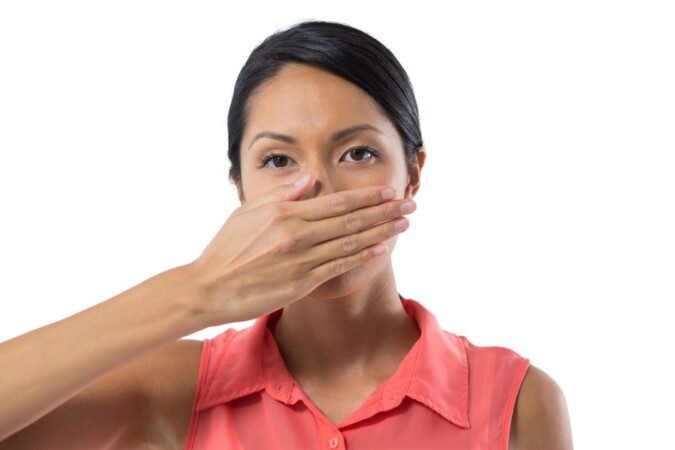
Herbal mouth rinses can offer a gentle, refreshing way to combat bad breath while soothing inflammation.
Chamomile, peppermint, and sage all have mild antibacterial and anti-inflammatory properties, which make them excellent for post-extraction care.
| Benefit | Statistical Data |
| Bacteria reduction | 40-50% with herbal rinses |
| Inflammation reduction | Significant due to anti-inflammatory effects |
| Suggested frequency | Once or twice daily |
- How to use: Brew chamomile, peppermint, or sage tea and let it cool down to a lukewarm temperature. Gently swish the tea around your mouth for about 30 seconds.
- Frequency: Use herbal rinses once or twice daily to freshen up your breath and help keep bacteria at bay.
7. Eat Foods that Naturally Freshen Breath
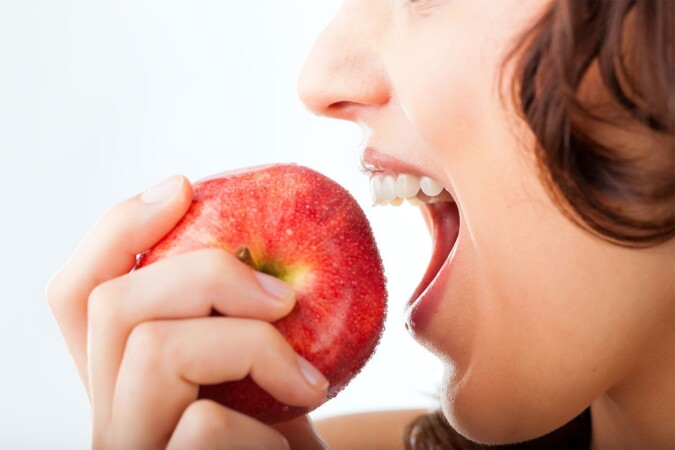
While some foods can worsen bad breath, others help neutralize odors and stimulate saliva production, keeping your mouth cleaner.
After extraction, soft, bland foods are often recommended, but certain additions can improve breath without compromising healing.
| Benefit | Statistical Data |
| Plaque reduction | 20-30% with high-fiber, crunchy foods |
| Odor-neutralizing effect | Effective in foods high in chlorophyll (parsley) |
| Recommended food types | Apples, parsley, ginger |
- Examples of breath-friendly foods:
- Parsley: Contains chlorophyll, which neutralizes odors.
- Apples: Natural crunchy foods like apples help cleanse the mouth.
- Ginger tea: Ginger has natural anti-inflammatory properties that can reduce oral bacteria.
Tip: Avoid foods with strong odors like onions or garlic, which can linger in the mouth and contribute to bad breath.
8. Consider a Probiotic Supplement
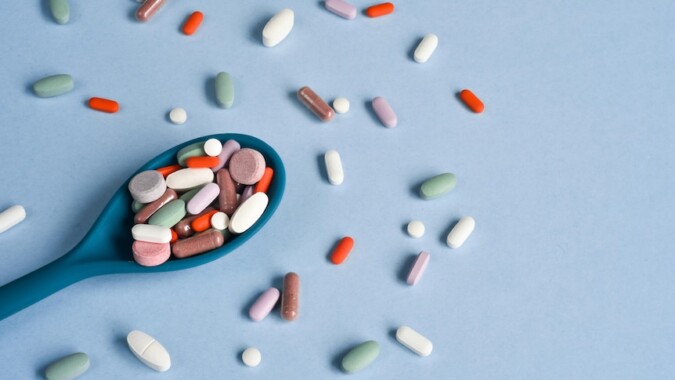
Oral probiotics have gained popularity for promoting a healthier balance of bacteria in the mouth.
After a tooth extraction, your mouth may experience an imbalance due to the loss of beneficial bacteria, which contributes to bad breath.
Probiotics can help in restoring this balance and improving oral health overall.
| Benefit | Statistical Data |
| Reduction in bad breath | Up to 50% |
| Oral microbiome balance | Supports faster recovery post-extraction |
| Recommended frequency | Daily, per supplement instructions |
- How to use: Look for oral probiotic supplements specifically designed for dental health. They typically come in lozenges, tablets, or powders.
- Frequency: Follow the instructions on the supplement label, and consult your dentist if you’re unsure about using them post-extraction.
Additional Tips for Faster Freshness
Apart from these remedies, here are a few extra pointers that can help improve your breath and aid recovery:
- Avoid spicy or acidic foods: These can irritate the extraction site and contribute to bad breath.
- Keep your head elevated when sleeping: This helps reduce swelling and promotes better airflow, potentially reducing odor build-up.
- Follow your dentist’s post-op care instructions: Your dentist knows your case best, so stick closely to their guidance on diet, hygiene, and activity restrictions.
Also Read: Knowing CPR can come in handy at any point in your life, everyone should learn at least the basics, as it can save a life!

